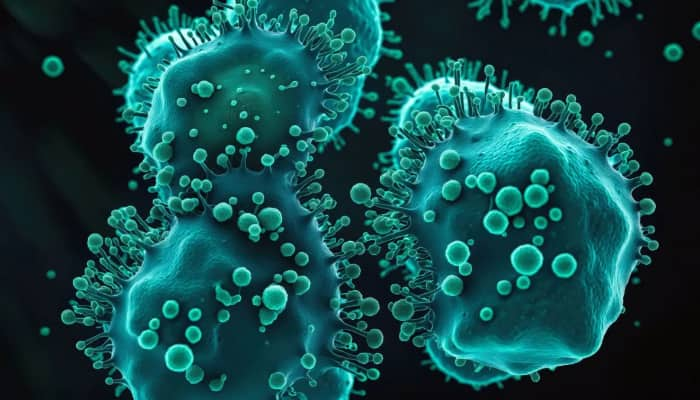
Extremophile lifeforms on Earth are capable of rather astounding feats, with the secret behind the extreme radiation resistance of one of them by researchers. As one of the most impressive extremophiles, is able to endure ionizing radiation levels thousands of times higher than what would decisively kill a multicellular organism like us humans. The trick is the antioxidant which this bacterium synthesizes from multiple metabolites that combine with manganese.
An artificial version of this antioxidant has now been created that replicates the protective effect. The ternary complex dubbed MDP consists of manganese ions, phosphate and a small peptide, which so far has seen application in creating . As noted in a 2023 study in however, the bacterium has more survival mechanisms than just this antioxidant.

Although much of the ionizing radiation is neutralized this way, it can not be fully prevented. This is where the highly effective DNA repair mechanism comes into play, along with a range of other adaptations. The upshot of this is the synthesis of a very effective and useful antioxidant, but as alluded to in the press releases, just injecting humans with MDP will not instantly give them the same super powers as our buddy.
Featured image: Survival mechanisms in Deinococcus radiodurans bacterium. (Credit: Feng Liu et al., 2023).














